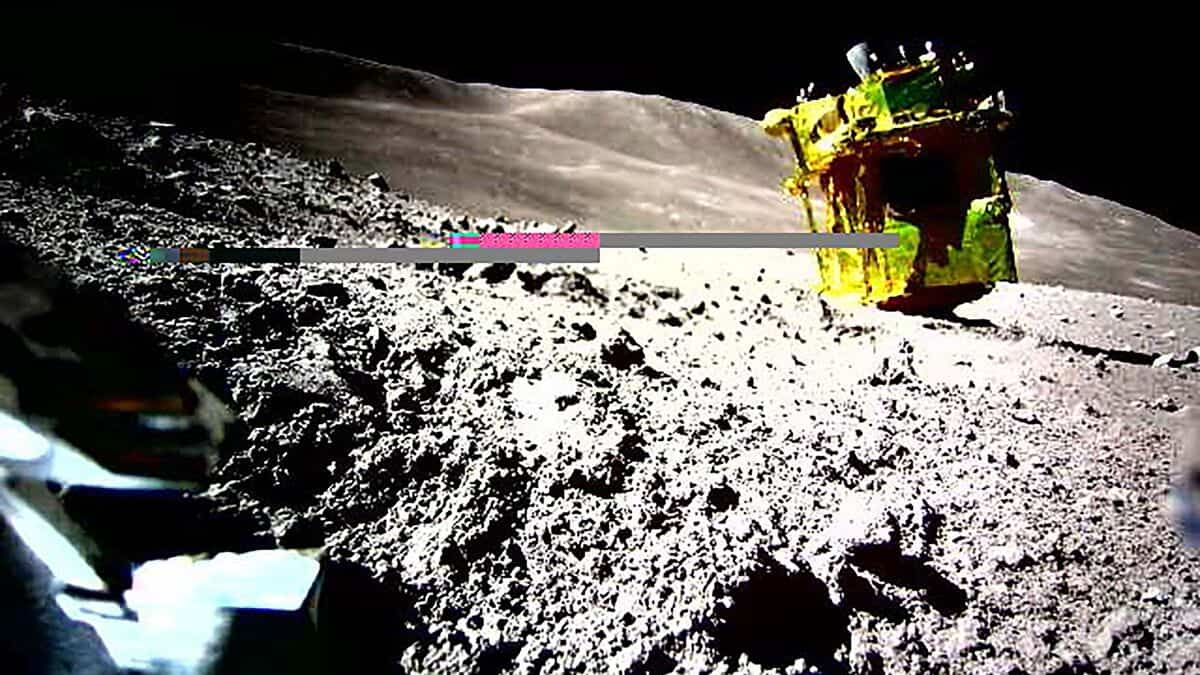
What do images from NASA’s James Webb Telescope (JWST) tell us regularly since this summer?
First of all, the JWST and all its instruments are working very well … The first images taken with a new telescope are used primarily to test its capabilities and compliance with technical specifications. However, at several points, these photos showed that James-Webb performed beyond expectations.
But these photos were not only artistic or media interest. If it was also intended to satisfy the curiosity of the general public, it was very quickly exploited by researchers and is the origin of the discoveries. Almost 150 scientific publications have already used the first data from JWST: they cover wide areas of astronomy, from the interstellar medium in our galaxy to cosmology, in particular the discovery of many galaxies that are likely the most distant and smallest known galaxies. Date. Since July, other data has been delivered to the community. Among other things, they enabled the first evidence of carbon dioxide in the atmosphere of a planet outside the solar system.
What are the famous differences that can be observed between this telescope and the legendary Hubble telescope?
The size of the telescope first of all, which determines its power and ability to detect the faintest stars: JWST has a segmented mirror with a diameter equivalent to 6.5 meters when the Hubble Space Telescope (HST) had to content itself with a mirror of 2.4 meters.
A corollary to the larger size, better image clarity, greater spatial resolution in the language of astronomers or the ability to discern details. Thus James Webb sees further and more precisely.
Another important difference is that the two telescopes do not operate in the same wavelength range. Hubble observed in the ultraviolet and visible range while James-Webb works mainly in the infrared: these are different windows on the universe that allow observation and analysis of various phenomena, especially in the nearby universe. Infrared allows access to areas buried in dust cocoons, or the detection of gas, the primary component of galaxies. Moreover, the distance of the objects causes their light to shift towards the red, or rather the infrared which thus becomes the preferred wavelength range for studying more distant stars.
The last fundamental difference, HST and JWST are not equipped with the same tools and cameras. James Webb has spectroscopy capabilities that Hubble does not possess.
Thus, the two telescopes remain complementary to each other, and even after the launch of James Webb, Hubble continues to observe and provide interesting data for astronomers.
What images from JWST have surprised you the most?
Specializing in nearby galaxies, especially those in the process of colliding, I couldn’t help but be particularly sensitive to the first image of Stefan’s Pentagram – this well-known group of galaxies colliding with each other over the past billion years. Hubble had already provided iconic images of this system: I thought we couldn’t do better. However, the JWST images have surpassed them, in their versatility and ability to reveal the deeper regions of galaxies.






